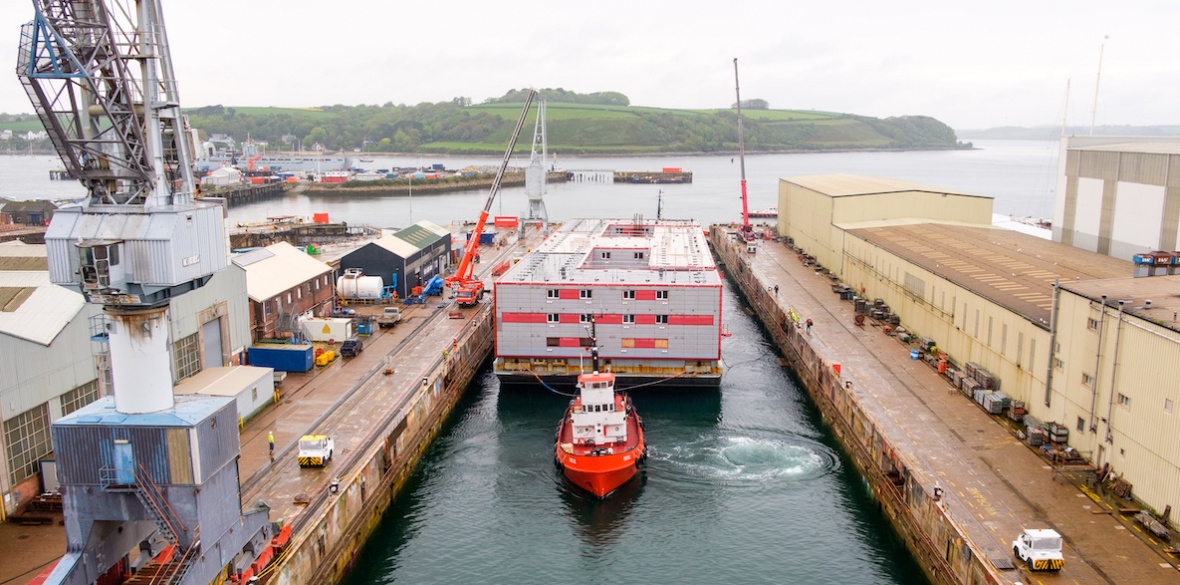This is the last article you can read this month
You can read more article this month
You can read more articles this month
Sorry your limit is up for this month
Reset on:
Please help support the Morning Star by subscribing here
THE Daily Mail among other hard-right media outlets recently headlined government plans to move asylum-seekers from hotels to military bases — and possibly a very large barge. This story turned out to be true.
The government plans to house 500 asylum-seekers on a barge in Portland, Dorset. Now Rishi Sunak has announced plans for at least two more barges. The London Mayor Sadiq Khan has already rejected the idea of mooring a barge in the Royal Docks in east London.
The main reason why asylum-seekers are in hotels is because the government has slowed down the application process to a crawl. Most who apply are genuine and eventually accepted.
Asylum-seekers cannot be detained as prisoners are, but in practice, they have nowhere else to go as they can’t legally work.
The tradition of keeping people on barges or hulks as they were known dates back to at least 1776. The use of decommissioned ships was authorised by Parliament for two years in the wake of the US war of independence.
As often with “temporary measures” the hulks were not that temporary and lasted for 80 years or so.
Conditions in the prisons on land were appalling. One was at Millbank on the site of what is now the Tate Gallery. It was operational from 1818.
It was to Millbank that the black leader of London Chartism William Cuffay and others were despatched after a trial at the Old Bailey for their alleged part in a Chartist rising at Seven Dials in central London in August 1848.
It’s not known if Cuffay was ever kept on a hulk. He and other Chartist prisoners were at some point despatched to Wakefield Gaol from where he wrote a letter in July 1849 before being transported to Tasmania.
However, two other black men associated with Chartism, David Anthony Duffy and Benjamin Prophett, who had been held at Millbank for their supposed part in a riot after a Chartist meeting at Camberwell Green, were transferred to the prison hulk York in December 1848.
The York had been built at Rotherhithe in 1807 and was decommissioned at Portsmouth in 1817. It became a prison hulk in 1820 and could hold 500 prisoners, again in appalling conditions. There was a riot on the York in 1848 but before the two above-named Chartists moved there.
EP Thompson argued in the Making of the English Working Class that in the late 18th and early 19th centuries, the class war was often fought out between being imprisoned on a hulk and those who fought back using riots. The conditions on the hulks were described as being like a “living death.”
Certainly, the British state has never abandoned the use of hulks as places to hold people they want to keep out of the way.
In the early 1970s, the HMS Maidstone was moored in Belfast just offshore to hold alleged members of the IRA including Gerry Adams. In 1972 seven men managed to escape.
It is a reminder that the British imperial state has a long history of disciplining and punishing those who are seen not to fit. It’s part of Britain’s island story, but not an episode that those on the right who accuse people of picking and choosing which aspects of imperial history to focus on wish to either remember or have remembered.










